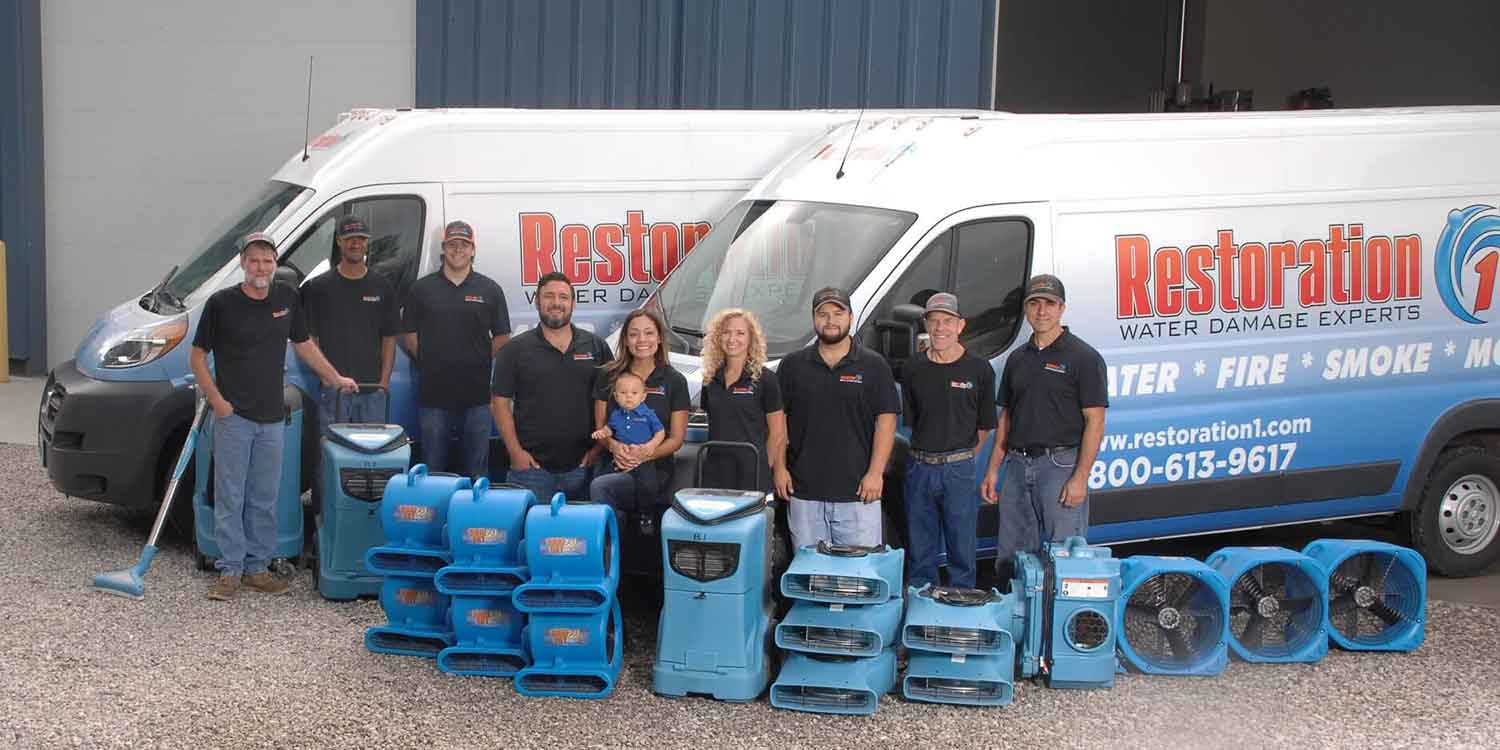If you’re looking for professional mold remediation Texas Hill Country area, we can help. Our team has years of experience completing mold remediation projects, and we’re experts at getting the job done right the first time.
Following an immediate and thorough remediation plan is essential when addressing a mold problem. This will show customers you’re committed to quickly acting and handling the situation.

Isolate the Contaminated Area
The best way to do mold remediation is to isolate the contaminated area immediately. This helps prevent the spores from spreading outside your home or office and affecting other areas. The first step is to physically isolate the contaminated area and establish harmful air pressure zones to keep mold spores from dispersing into the surrounding areas. The Restoration 1 professionals are IICRC certified and use proven methods to ensure your property is safe.
A growing population is straining the Texas Hill Country’s limited water supplies, exposing households to tainted groundwater that can cause various illnesses. Residents are also at risk of contaminating their groundwater supply due to the region’s construction of new natural gas pipelines. Teri Albright and her husband, Milton Shaw, live on 18 acres in Blanco County and say they have been struggling with both issues simultaneously.
Remove the Contaminated Materials
One of the biggest challenges in mold remediation Texas Hill Country is removing the contaminated materials from the site. The contaminated materials must be disposed of safely and by federal, state, and local regulations.
The EPA and local authorities have several tools to help in this endeavor, including the latest on-site containment devices. Several of these systems are designed to protect human health and the environment. Other technologies include advanced waste detection and control equipment that pinpoints hazardous materials in real-time. The EPA is also working to ensure that all contaminated material is transported safely from the derailment site and remains in a safe place until it can be handled appropriately.
Clean the Contaminated Area
A contaminated site may be where a natural disaster released toxic or hazardous materials or operations that might cause environmental harm was discontinued. The area must be assessed and remediated to prevent further exposure to people, wildlife, or the environment.
Mold in homes has been linked to various health problems, including respiratory issues like asthma and chronic bronchitis, eye and skin irritation, and allergy-like reactions. Having the mold cleaned up promptly can help keep these conditions at bay.
Whether you’re dealing with a mold problem in your home or commercial building, you’ll want to call a professional to inspect the property and determine how best to proceed. Restoration 1 is IICRC-certified and uses advanced techniques to get the job done.
Clean Up the Contaminated Area
Remediation is a multi-step process that gets out-of-control fungi back to normal levels and addresses the causes of a mold outbreak.
The cleanup process also ensures the area is safe for re-occupancy. Homeowners should visit the contaminated sites soon after remediation to verify that the moisture problem is no longer present and that there are no signs of recurring water damage.
Following the mold remediation process carefully is essential because it can make a big difference in your family’s health and well-being. It can also help prevent mold infestations from happening again in the future.
During the cleanup process, professionals will seal off contaminated areas and use air cleaners to prevent spores from spreading to other areas of your house. They will also disinfect the contaminated materials and dispose of them safely.